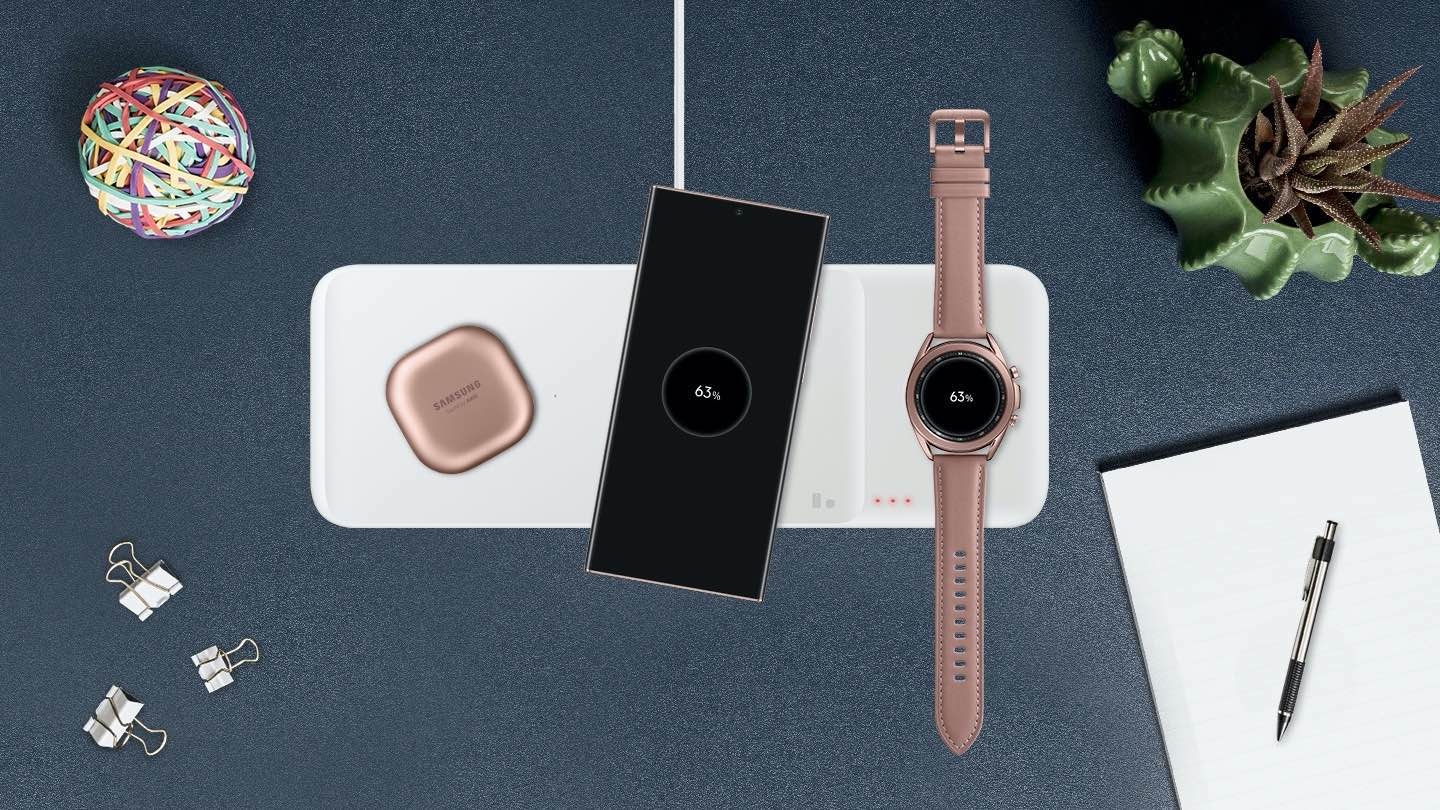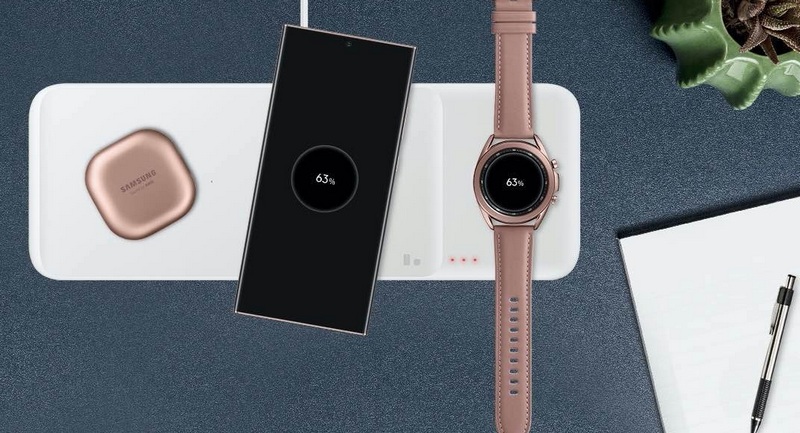To prolong the smartphone’s battery life, it should be charged more often and less at the same time
The usefulness of a smart device that all of us have in our pocket depends on how long its battery power lasts.
Product cart is empty
Would you like to see your most recently viewed products and get even better offers?
Please select preferred method of login
Choose preferred method of registration
Tuesday, August 10, 2021
The usefulness of a smart device that all of us have in our pocket depends on how long its battery power lasts.

All this requires good battery life. The most common myth about mobile batteries is that the battery must be discharged before being charged. There has been a lot of talk about this, that this rule was applicable to old-type lead-acid batteries, and that, for lithium-ion batteries that are currently widely used, it does not matter when to recharge the phone. As a matter of fact, however, it is crucial when to charge the battery. The best time to do this is when your phone has about 30% or more battery remaining.
Short-term regular recharging is more beneficial for battery life cycle because it helps keep the battery operating voltage stable and thus extend its life cycle. For example, to take care of the battery during the day, owners of a phone that supports cordless charging could purchase a cordless charger for their office or home desktop, where they can place their device from time to time. Short-term charging also helps prevent the battery from overheating, which is also a factor in shortening the battery life cycle. Therefore, experts recommend removing the phone from charging as soon as the battery is 100% fully charged.
Many of us leave our phone to charge overnight. This, however, means that the phone stays connected to the charger cord for several hours before morning for no reason. This leaves the battery under charging voltage for hours and generates excess heat, both of which inhibit the battery life cycle. In addition, leaving the lithium-ion battery charged overnight may cause the electrode of the lithium-ion battery to coat with metal lithium, which in turn leads to battery failures. Of course, you may not charge the phone while sleeping so that it is under the pillow, because then overheating will happen quickly. The best temperature range for mobile batteries is 20–50 degrees Celsius.
Many devices have powerful batteries, so you do not have to charge them at night. For example, Samsung Galaxy A52 , Samsung's popular Galaxy A52 smartphone or foldable Galaxy Z Fold2 has a battery capacity of 4,500 mAh, while Galaxy A72 has a capacity of 5,000 mAh. . It is entirely sufficient to charge them for half an hour before going to bed and recharge in the morning if necessary. This way you can be sure that the battery lasts and retains its capacity for as long as possible.
Also, loading a mobile device during charging will expose the battery to higher voltage and heat than usual, which should be avoided. It is best to turn off the phone at all while charging, but as this is often not possible in today's fast-paced world, you should avoid application activity as much as possible while charging.
Source: Samsung

The usefulness of a smart device that all of us have in our pocket depends on how long its battery power lasts.

Achieving ideal results in the kitchen is directly related to how well the cook knows his stove or oven and how comfortably the appliance can respond to the chef's wishes.